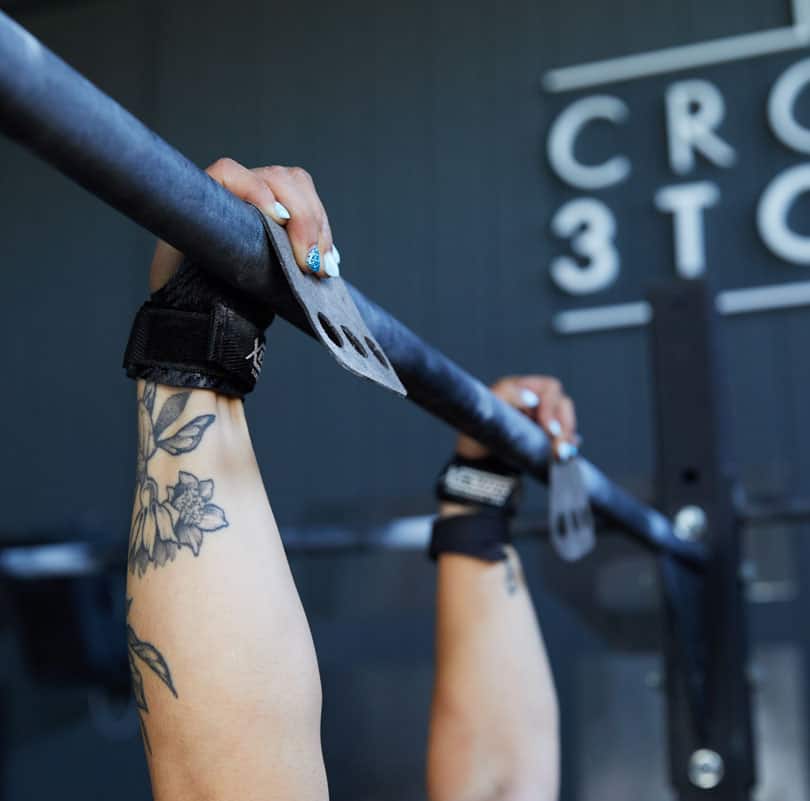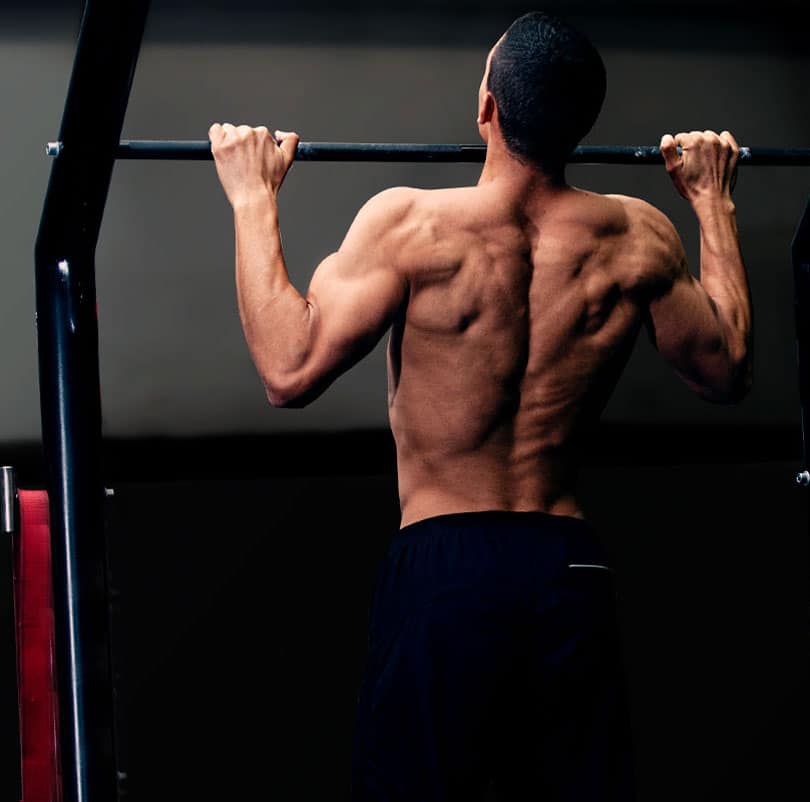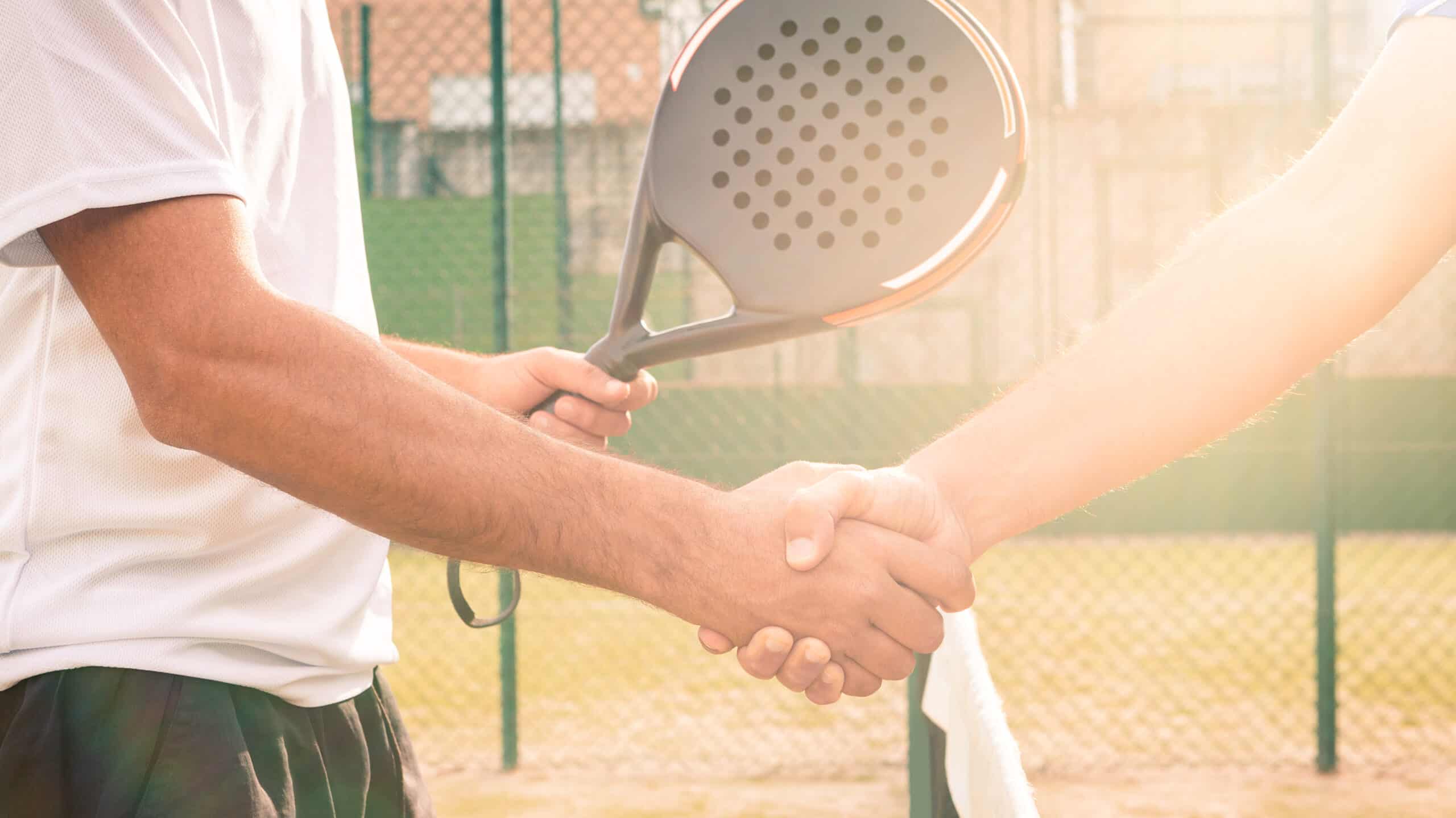When we talk about pull-ups, we all know more or less what we are referring to and what they are. You don’t need to be a professional athlete to be able to imagine a bar and a person hanging from it and lifting himself off the ground.
But imagining it is one thing. If, on the other hand, you want to put all this into practice, what should you do? What do you need and, above all, what do you need to do?
It is very easy for those who decide to approach the world of fitness to do so through the most direct and, probably, safest channel of the gym. But more and more often there are people who decide to follow this path independently, as self-taught.
More and more often, in fact, we see private gyms, rooms used for training, decorated with suitable equipment and materials.
Both paths are right, the important thing is to know what you want to do to maintain personal safety and so that you can achieve your goals.
What do you need for a barre training program ?
Let’s go straight to outline a training program focused on pull-ups. Before you start, you should know that the only equipment you need is a horizontal bar that you can hold onto. It is important that it is durable and suitable for this kind of work.

In the background, unnecessary but in many cases useful, we find calluses that allow you to preserve the hands which, in close contact with the bar and put under hard strain, are easy to get damaged and become sore.
In more professional cases, when the athlete has reached more advanced levels, weights to add to one’s body, such as those that can cling to the waist or other parts of the body, can also be useful.
What is a good program for a pull-up workout ?
These kinds of exercises make up long and strenuous workouts. Whether you’re just starting out or already experienced, pull-ups are movements that can lead the athlete to moments of discouragement. That’s why it’s okay to follow the right schedules and make as few mistakes as possible.
Before diving into classic and full pull-ups, we always recommend an introduction to the movements and strengthening of the muscles most involved, with facilitated pull-ups such as pull-ups with elastic bands or negative pull-ups.
A first way to program your pull-up workout is as follows.
A first necessary tip, in order not to get hurt and in any case carry out an effective workout suitable for you, is to adjust yourself according to your experience and physical preparation.
So, when you set up your workout, you’ll first have to ask yourself how many repetitions in a row you can do. If the answer, for example, is between 3 and 5 o’clock, in the first few workouts your goal will be to do 10 sets of 3 pull-ups. Only then will you increase the number until, not only reach the maximum pull-ups you thought you could do, but exceed it.

The difficulty will mainly be to be able to complete 10 sets, so it is important to start from what we can do well and then improve. But even more important is to have the goal of closing out all the sets; You probably won’t make it at first, so it’s okay to stop when you start to notice that you can’t continue.
A second type of training that is useful to carry out to increase one’s potential with regard to pull-ups on the bar is following the “ladder training” which, as the name suggests, is composed of scale exercises.
In this case, you choose a type of traction and initially carry it out only once; A few seconds of recovery and then you go to do it twice. More seconds of recovery and then for 3, 4, 5, … times, until you reached the number of repetitions you had set for yourself.
Another workout that you can alternate during the exercises is by following the Arnold method. It’s a very practical way to train pull-ups on the bar. The idea behind it is simple: you will have to set a number of pull-ups you want to achieve and you will have to do it with as few sets as possible.
Workouts suitable for everyone: ideal exercises to increase pull-ups on the bar
Finally, there is another method to help the training of pull-ups, and it is the one called the 7 series. This training consists of trying to do 7 sets each aiming for the maximum repetitions you think you can do. So, if your maximum is 5 you will do a first workout in which not in all 7 sets you will reach that number of pull-ups.
The initial goal will be to close all 7 sets by reaching your maximum; Only then can you aim to increase the number of repetitions.

There is also a version of this method, called “advanced“. We felt the need to devise it as we could encounter the problem that, following the method of the 7 basic series, it is not easy to achieve a progression from one week to the next.
Thus, in the advanced version, the athlete is required, if he is unable to increase the number of repetitions within the various sets, then to add a set to his training. So there will no longer be 7 sets but 8 even if the latter is only made up of one traction. This will help increase the number of pull-ups you are able to do but with the right recovery.




 Since 2009, we’ve been by your side, helping you create the perfect training spaces for Cross Training Boxes, Personal Trainer Studios, and professional Home Gyms.
Since 2009, we’ve been by your side, helping you create the perfect training spaces for Cross Training Boxes, Personal Trainer Studios, and professional Home Gyms.






